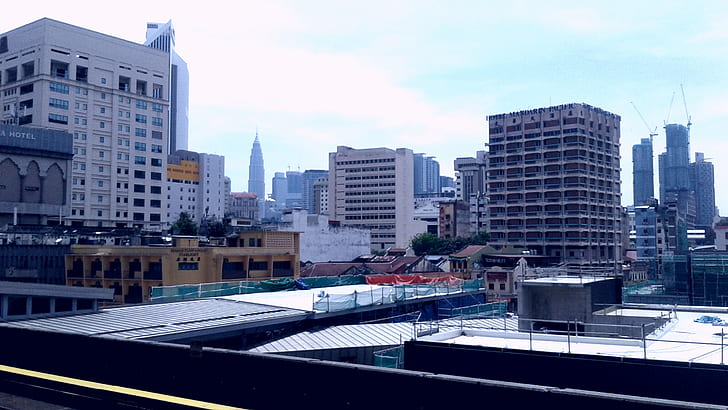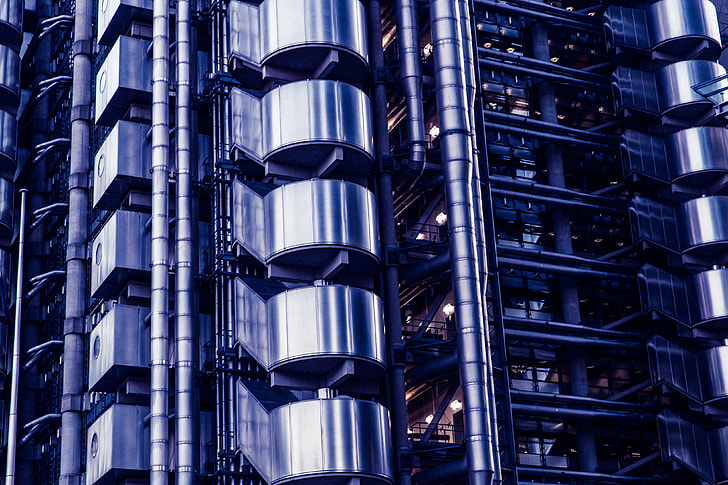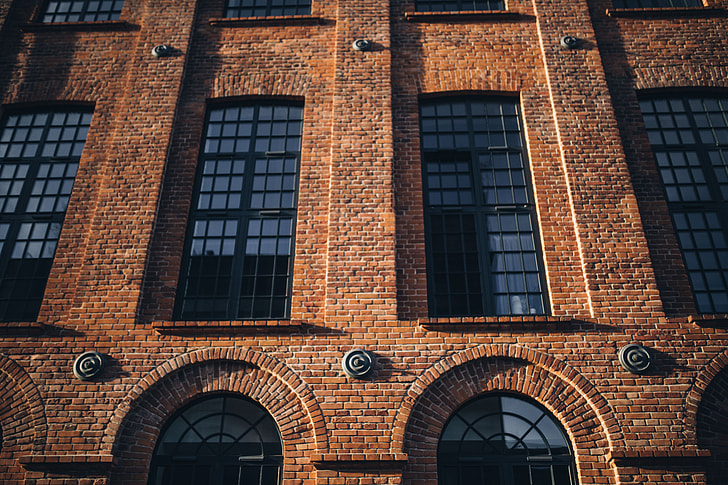
The importance of knowing your premises construction
Whenever we buy insurance whether it be for our home or our business premises, Insurers will always ask what the construction of the building is. You may hear terms such as ‘standard construction’, ‘timber frame’, ‘combustible lining’, ‘composite panels’ – but what are these terms and why is it so important?
Most concerns about construction concern the fire risk, its propensity to burn, which is key in understanding the potential damage to a building in the event of a fire. More importantly though, we need to know how a building is likely to behave so that appropriate measures can be taken to preserve life.
Fire rating/Fire resistance
used mainly for doors but applies to anything that compartmentalises a building or breaks that compartmentalisation. The rating is based on integrity minutes and stability minutes – integrity being the length of time before the construction begins to show cracks or openings and stability referring to the complete collapse of the door. Fire doors are usually rated at 30 minutes for both and 60 minutes for both depending on their composition.
Standard construction
in the broadest of terms this relates to premises built from brick, stone or concrete with a slate, tile or concrete roof. Often, particularly in domestic properties, the frame will be timber which is usually acceptable providing the frame meets appropriate building regulations.

Non-standard construction
this is anything which doesn’t fit into the standard category. From an insurance perspective it doesn’t necessarily mean the building cannot be insured but the insurer needs to be aware of materials which can reduce the fire rating (time it will safely burn/protect life) and structural integrity of the property. Usually non-standard construction properties will attract higher premium rates.

Composite/Sandwich panels
these comprise three layers, two identical external layers which are usually aluminium and an internal layer. It’s this internal layer that causes the issues from a fire and insurance perspective as it can be highly combustible and, once the fire has reached the internal layer, it’s free to spread throughout the whole panelling system – sometimes unseen. More modern panels can have linings with a fire protection rating which is why it is key to identify exactly what composite panelling is made from.
Combustible lining
your property may well be constructed of brick or concrete, but sometimes internal linings are used for say false ceilings or insulation. These linings, particularly in older properties can be highly combustible. A material known as fibreboard was used extensively in commercial premises and provides little to no fire resistance.

